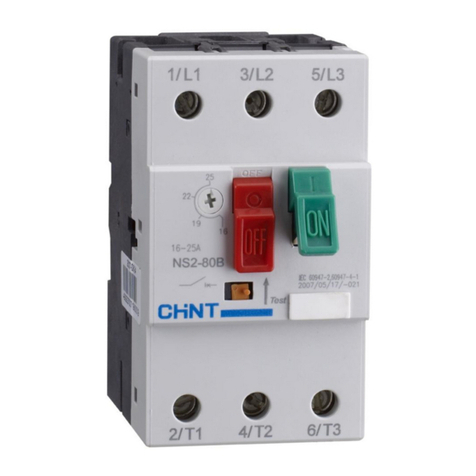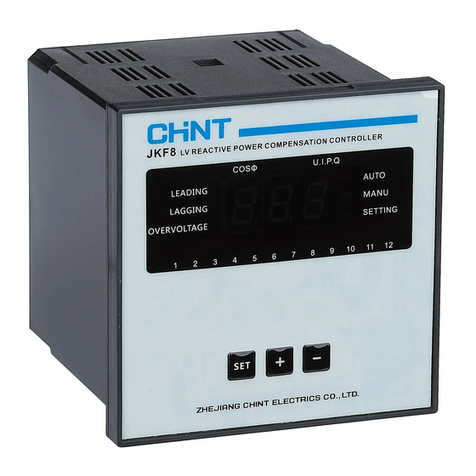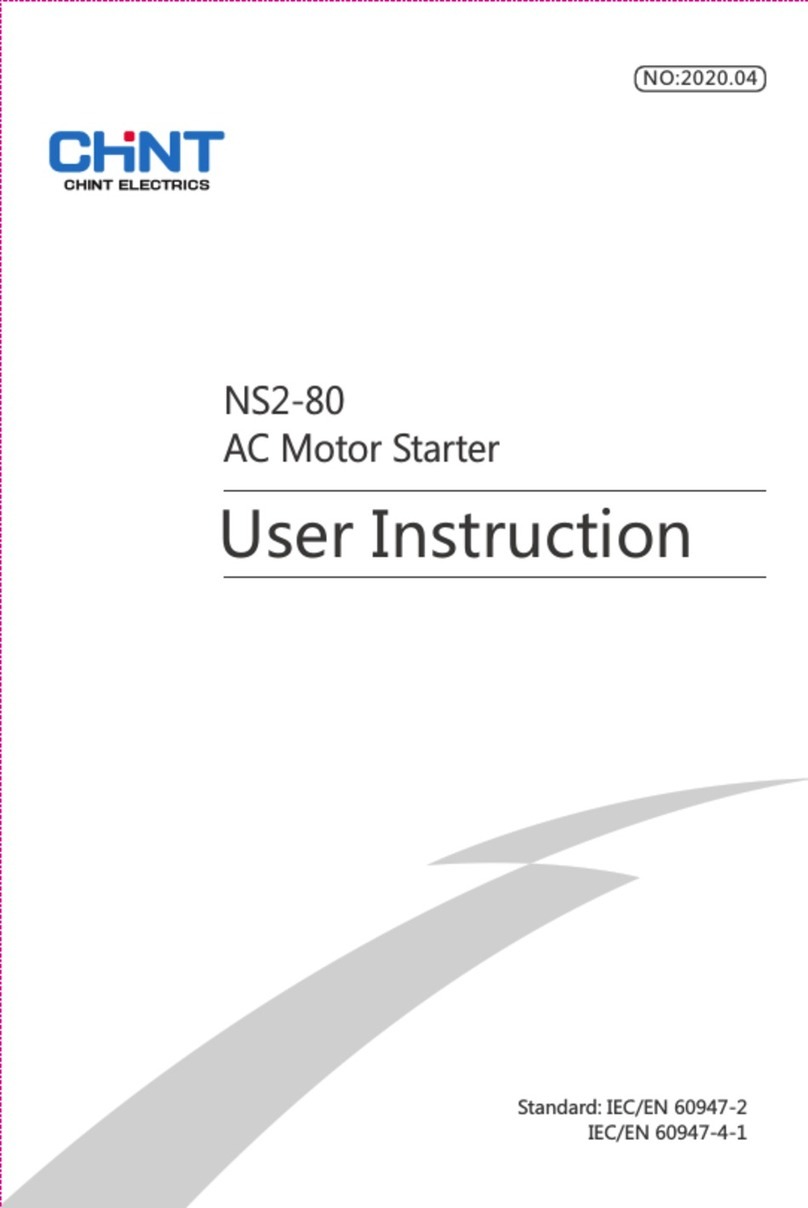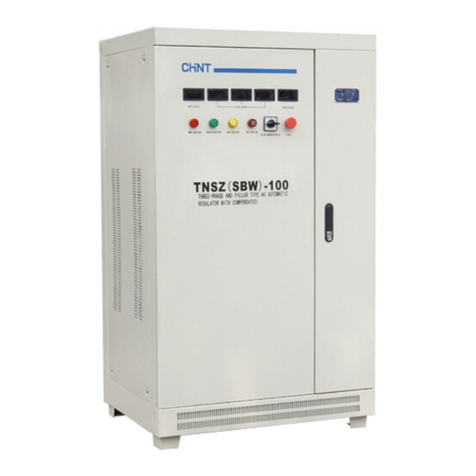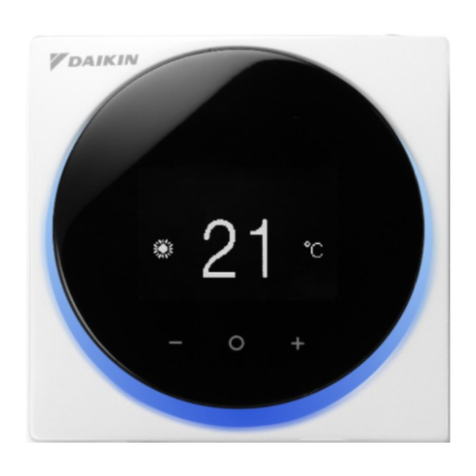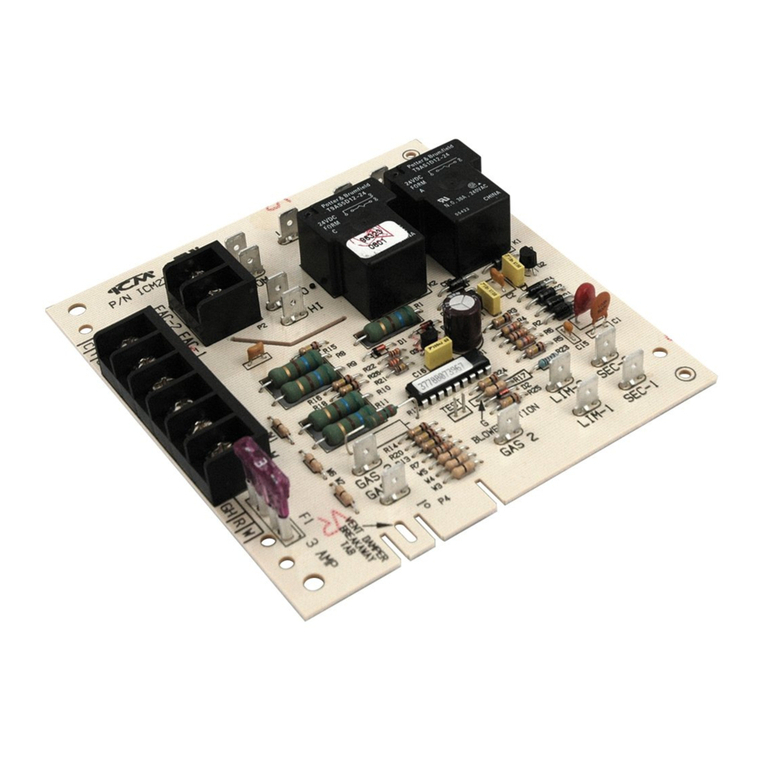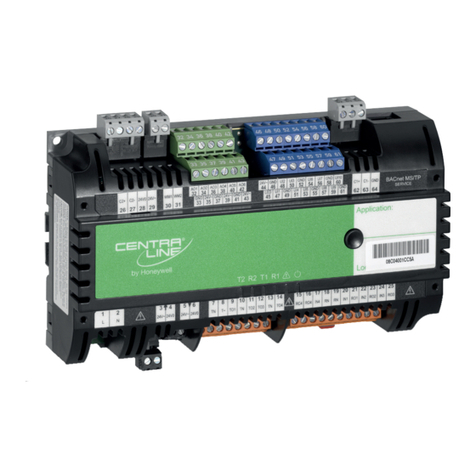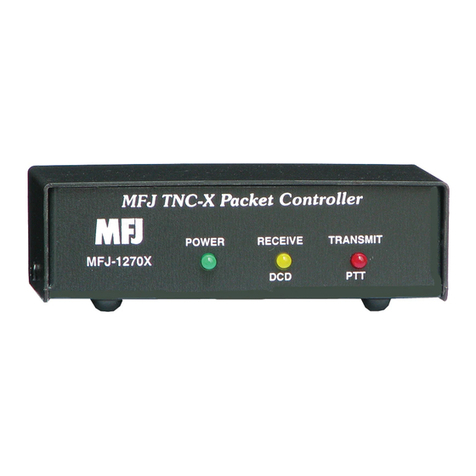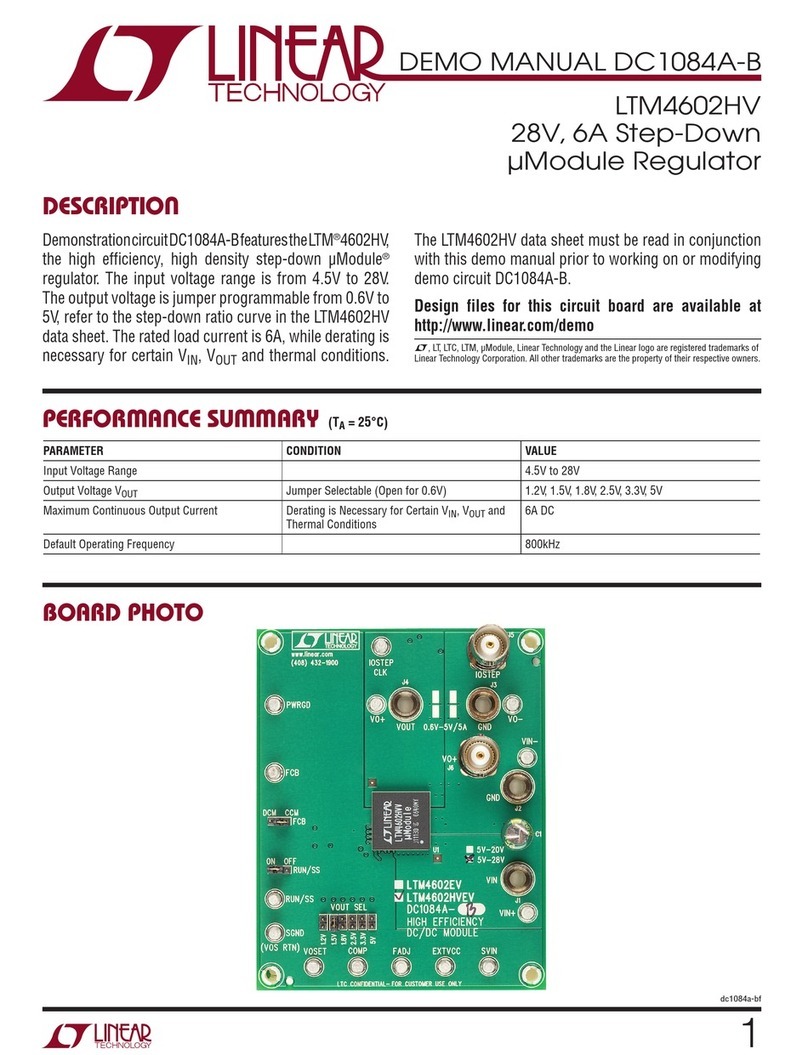CHINT NQ2 Series Installation instructions

NO:2020.04
Standard: IEC/EN 60947-4-1
User Instruction
NQ2 Series
Electromagnetic Starter

Safety Warning
1
2
3
4
Only professional technicians are allowed for installation and maintenance;
Installation in any damp, condensed-phase environment with inflammable
and explosive gas is forbidden.
When the product is being installed or maintained, the power must be
switched off.
You are prohibited from touching the conductive part when the product is
operating.

1
2
Main Use Purpose and Application Scope
NQ2 series electromagnetic starter (hereinafter referred to as starter) is mainly used in electric circuits
with AC frequency of 50Hz (or 60Hz), rated operating voltage up to 660V and rated operating current up to
68A for controlling the direct start and stop of electric motor. Starter with thermal overload relay
(hereinafter referred to as thermal relay) can be used to protect the overload and phase loss of electric
motor.
Key Technical Parameters
01
NQ2 Series Electromagnetic Starter
Table 1 Ambient Conditions
Ambient temperature (℃)
Hot and humid atmospheric conditions
Altitude
Pollution class/installation category
-5℃~+40℃, average temp. not exceeding +35℃ within 24h
+40℃, RH not exceeding 50% and may reach 90% at +20℃
No influence below 2,000m
Class 3/Ⅲ
Table 2 Key Technical Parameters of Starter (I)
AC-3
660V 380V 220V
Model
Conventional
free air
thermal
current of
shell frame,
Ith (A)
Rated
operating
current
of shell
frame,
Ie (A)
Rated power control of
shell frame, Pe (kW) AC
contactor
model
assembed
Thermal
relay
model
assembled
Setting
current
range of
thermal
relay (A)
Button
type of
starter
with
button
0.1~0.16
0.16~0.25
0.25~0.4
0.4~0.63
0.63~1
1~1.6
1.25~2
1.6~2.5
2.5~4
4~6
5.5~8
7~10
9~13
12~18
17~25
23~32
28~36
NQ2-15□/1
NQ2-15□/2
NQ2-15□/3
NQ2-15□/4
13
18
25
36
12
18
25
32
7.5
10
15
18.5
5.5
7.5
11
15
3
4
5.5
7.5
NC1-12
NC1-18
NC1-25
NC1-32
NR2-25
NR2-36
NP2-EA31
(start)
NP2-EA42
(stop)

NQ2 Series Electromagnetic Starter
02
AC-3
660V 380V 220V
Model
Conventional
free air
thermal
current of
shell frame,
Ith (A)
Rated
operating
current
of shell
frame,
Ie (A)
Rated power control of
shell frame, Pe (kW) AC
contactor
model
assembed
Thermal
relay
model
assembled
Setting
current
range of
thermal
relay (A)
Button
type of
starter
with
button
23~32
30~40
37~50
48~65
55~70
63~80
80~93
NQ2-33□/1
NQ2-33□/2
65
95
52
68
33
37
25
33
15
25
NC1-65
NC1-95
NR2-93
NP2-EA31
(start)
NP2-EA42
(stop)
Table 3 Key Technical Parameters of Starter (II)
Model
Use type
Rated insulation voltage, Ui (V)
Rated impluse withstand voltage, Uimp (kV)
NQ2-15/1~4
NQ2-15N/1~4
NQ2-15NB/1~4
NQ2-15P/1~4
NQ2-33/1~2
NQ2-33P/1~2
(85%~110%)Us
(20%~75% Us)
50
IP40
Eight-hour duty, Uninterrupted duty, Intermittent periodic duty
Main circuit: AC-3, AC-4; auxiliary circuit: AC-15
690
6
1200
300
600
300
50
10
100
20
1000
50
10
100 600 100
AC-3
AC-4
AC-3
AC-4
Operational frequency
(times/h)
Electrical life
4
( 10 times)×
Mechanical life ( times)
4
×10
Pull-in voltage
Release voltage
Operating range
Rated conditional short-circuit current, Iq(kA)
(corresponds to 380V testing voltage)
Enclosure protection class
Rated duties
Table 2 (contintued)

03
NQ2 Series Electromagnetic Starter
3
Installation
1) See Fig. 1-Fig. 4 and Table 4 for the outline and installation size of the starter.
Table 4 Outline and Installation Size
Model
Maximum
outline size
(A×B×C)
NQ2-15 NQ2-15N NQ2-15NB NQ2-15P NQ2-33 NQ2-33P
Unit: mm
n×Φ
Reference picture
Installation size
(D×E)
116×207×127
60×150
176×207×127
130×150
176×207×127
130×150
116×207×138
60×150
167×296×162
105×205
167×296×172
105×205
3× 6
See Fig. 1
Φ3× 6
See Fig. 2
Φ4× 6.2
See Fig. 3
Φ4× 6.2
See Fig. 4
Φ
n×
A
D
C
B
E
B
CA
Dn×φ
E
φ
Figure 1 Outline and installation size of
NQ2-15, 15N, 15NB
Figure 2 Outline and installation size of
NQ2-15P
Figure 3 Outline and installation size of
NQ2-33
Figure 4 Outline and installation size of
NQ2-33P
n×
n×φφ
B
CA
D
E
B
CA
D
E
CA
D
B
E

NQ2 Series Electromagnetic Starter
04
2) Inspection of operating flexibility of the thermal relay inside the starter
Open the cover of the thermal relay. Press the blue Reset button using a small screwdriver and rotate it
90° clockwise so that the relay is in the Automatic Reset status (Letter A on the Reset button is in vertical
alignment with the reference point). Then, use the small screwdriver to press the red Test button beside
TEST downward vertically. You can hear the operating sound of the contact, and the indicator column is
red. Loosen your hold on the screwdriver, you can hear the sound of the reset contact and the indicator
column resumes its original status (Alternatively, you can use a multimeter). If any abonormality occurs
during the testing, replace it immediately. The panel layout of the thermal relay is shown in Fig. 5.
Current dial Indicator column Cover
Stop button
Reset button
Test button
2/T1
98 97 96 95
NCNO
4/T2 6/T3
Reference point
Manual reset
Automatic reset
Figure 5 Panel layout of the thermal relay
3) Starter wiring diagram
When the product leaves the factory, the control circuits are wired on the premises that the voltage of
the starter is the same as that of the main circuit. Once the main circuit is powered on, the starter can
operate without additional wiring. The starter cannot control single-phase motor unless the main circuits of
any two of its phases are connected in series. In case the control circuit voltage is different from the main
circuit voltage, disconnect the two wires on the main circuit and connect them to the control power supply.
See Fig. 6 – Fig. 9 for the starter wiring diagram.
Figure 6 Control circuit voltage same as
main circuit voltage (three-phase)
Figure 7 Control circuit voltage different from
main circuit voltage (three-phase)
L1 L3 L5
FU1
1 3 5
246
1 3 5
246
UV W
M
3~
KM
FR KM
FR
95
96
A1
A2 13
14
KM
L1 L3 L5
FU1
1 3 5
246
1 3 5
246
UV W
M
3~
KM
FR KM
FR
95
96
A1
A2 13
14
KM
additional power supply

NQ2 Series Electromagnetic Starter
05
Figure 8 Control circuit voltage same as
main circuit voltage (single-phase)
Figure 9 Control circuit voltage different from
main circuit voltage (single-phase)
4) Starter installation procedure and method
See Fig. 10 for starter installation instructions.
Cover
Base
Grounding
screws
Connecting
screws
1 4
2
1.Unscrew connecting screws on the base and
cover counterclockwise, and open the cover;
2.Use some tool to pierce the rubber seal rings
on both sides for later wiring;
3.Connect the main circuit, control circuit and
grounding screws, adjust the setting current
value of the thermal relay; and install the
product according to the requirements;
4.Put the cover on and tighten the connecting
screws clockwise.
Figure 10 Starter installation diagram
Note 1: The connecting wires of the incoming and outgoing lines of the main circuit must
be single-core PVC insulated copper cables with prefabricated terminal, whose cross-
sectional area is specified in Table 5; the cross-sectional area of connecting wires of the
auxiliary circuit should be 1mm². Tighten all the screws during wiring to prevent the starter
from slipping and fall due to vibration. Remove the residual of foreign objects to prevent
the moving parts of the contactor from getting stuck and the occurrence of short-circuit
accidents.
Note 2: Choose screws no smaller than M5 according to the size of the mounting hole.
Add seal ring to the screw to ensure enclosure protection class.
L
FU1
1 3 5
246
1 3 5
246
U1
M
1~
KM
FR KM
FR
95
96
A1
A2 13
14
KM
N
U2
L
FU1
1 3 5
246
1 3 5
246
U1
M
1~
KM
FR KM
FR
95
96
A1
A2 13
14
KM
N
U2
additional power supply
3

NQ2 Series Electromagnetic Starter
06
Table 5 Cross-sectional area of connecting wires of the main circuit
0 I≤8
8 I≤12
12 I≤20
20 I≤25
25 I≤32
32 I≤50
50 I≤65
65 I≤85
85 I≤100
<
<
<
<
<
<
<
<
<
Rated operating current of motor, I (A) Cross-sectional area of connecting wires of main circuit (mm²)
1
1.5
2.5
4
6
10
16
25
35
4
Maintenance
Check whether the thermal relay inside the starter operates reliably on a regular basis (once a month)
by adjusting the current dial and reducing the setting current until the relay operates. Then, restore the
current dial to the original position.
Note: Do not dismantle and repair the product at will. Once the product is found damaged, replace it
immediately.
Table 6 Examples of Fault Analysis and Troubleshooting
Cause anaylsis Troubleshooting method and precautionsSymptoms
Fine tune the current dial so that the product’s set
current matches the actual current of the motor.
The setting current value of thermal relay is smaller
than the actual operating current of the motor.
Inspect the installation site and troubleshoot to
prevent the product from being placed in an
environment where there is strong shock or
viberation.
Strong shock or viberation
The motor start requires a certain interval, with
frequency no more than 30 times per hour.
Frequent starts of the motor
Choose standard wires according to Table 5.
The cross-sectional area of connecting wires of the
main circuit is too small.
The starter
mis-operates
before being
overloaded
The setting current value of thermal relay is bigger
than the actual operating current of the motor.
Fine tune the current dial so that the product’s set
current matches the actual current of the motor.
The cross-sectional area of connecting wires
of the main circuit is too big. Choose standard wires according to Table 5.
The starter
fails to
operate after
being
overloaded
The wiring of the starter becomes loose or falls
The coil voltage is too low or voltage fluctuation is
too big.
The setting current value of thermal relay is too
small which leads to the failure of product reset.
Tighten the connecting screws and check whether
the screws are loosen before use.
Increase the power supply voltage or add stabilized
voltage equipment.
Fine tune the current dial toward the bigger current
direction.
The starter
fails to
operate

QC PASS
Test date: Please see the packing
ZHEJIANG CHINT ELECTRICS CO., LTD.
NQ2 Series
Electromagnetic Starter
IEC/EN 60947-4-1
Check 18
07
NQ2 Series Electromagnetic Starter
5
Environmental Protection
In order to protect the environment, the product or product parts should be disposed of according to
the industrial waste treatment process, or be sent to the recycling station for assortment, dismantling and
recycling.

NQ2 Series
Electromagnetic Starter
User Instruction
Zhejiang Chint Electrics Co., Ltd.
Add: No.1, CHINT Road, CHINT Industrial Zone,North Baixiang,
Yueqing, Zhejiang 325603,P.R.China
E-mail: global-sales@chint.com
Website: http://en.chint.com
Table of contents
Other CHINT Controllers manuals
Popular Controllers manuals by other brands
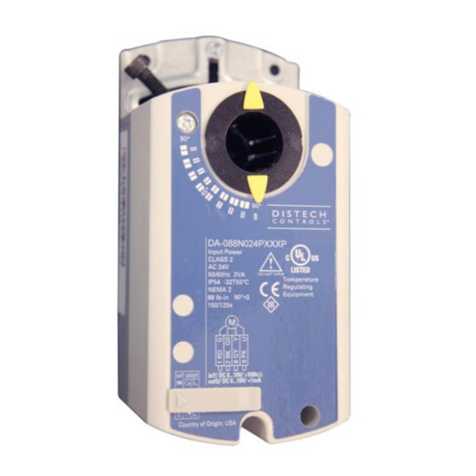
Distech Controls
Distech Controls DA-088N Series Hardware installation guide
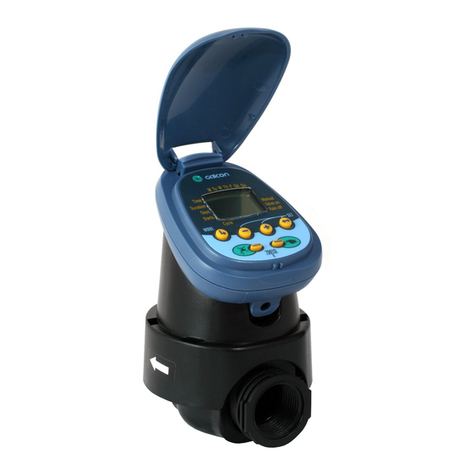
Galcon
Galcon 7001D Installation and operating instructions
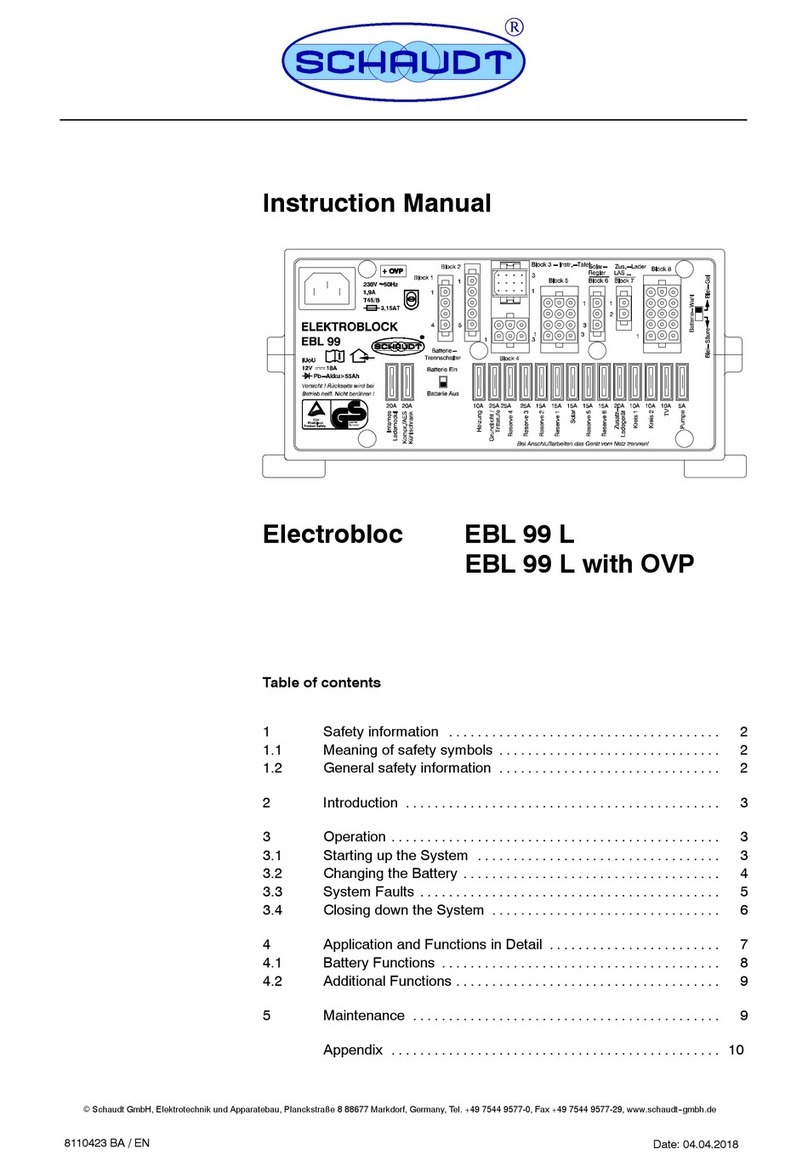
Schaudt
Schaudt EBL 99 L instruction manual
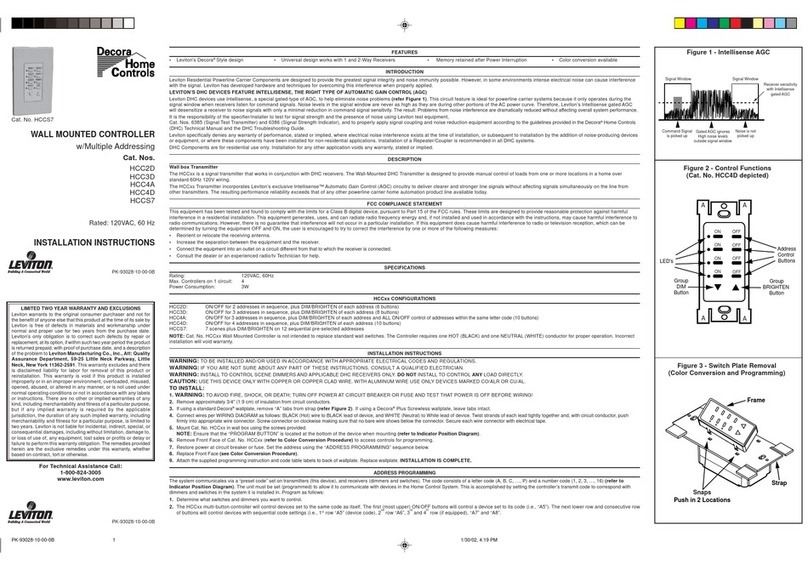
Leviton
Leviton Decora HCC2D installation instructions
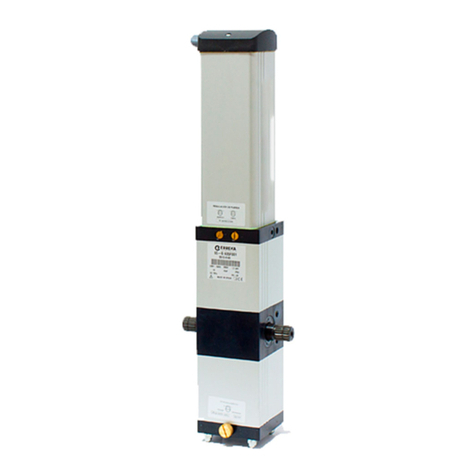
Erreka
Erreka ATLAS G 605 Installer manual
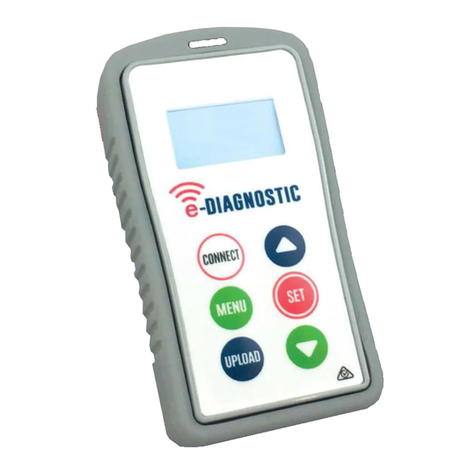
AES
AES e-DIAGNOSTIC quick start guide
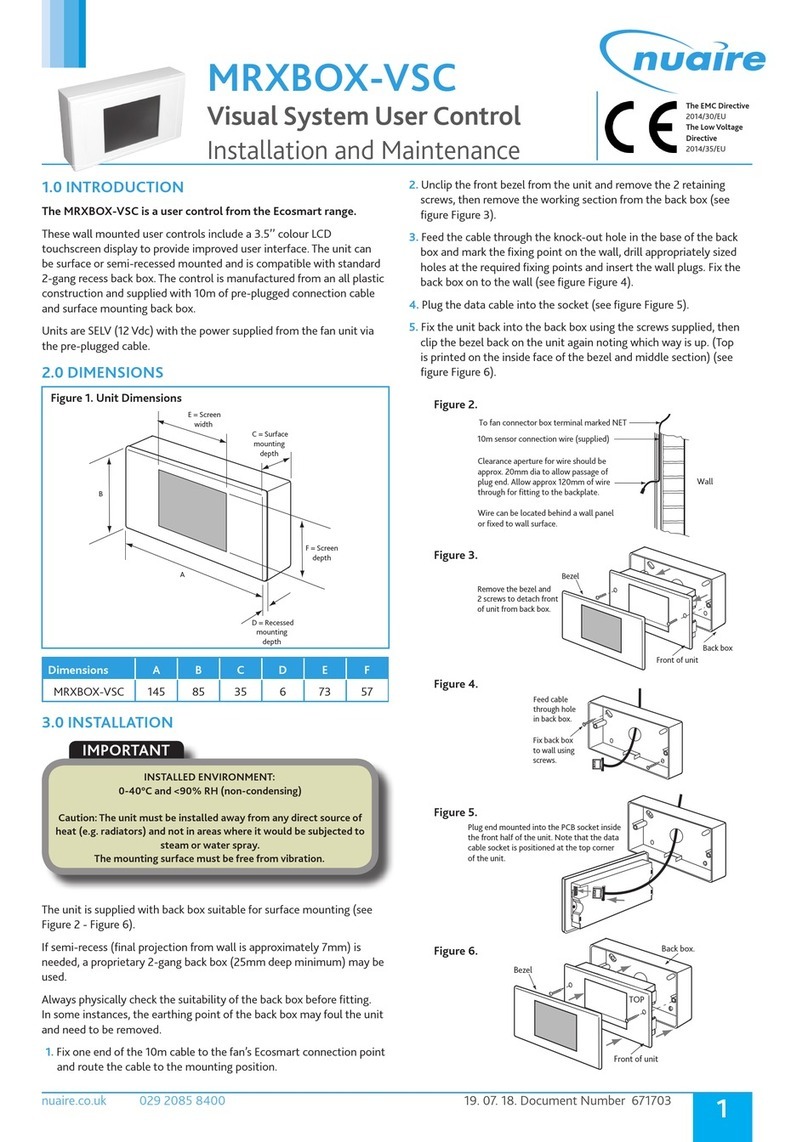
NuAire
NuAire MRXBOX-VSC Installation and Maintenance
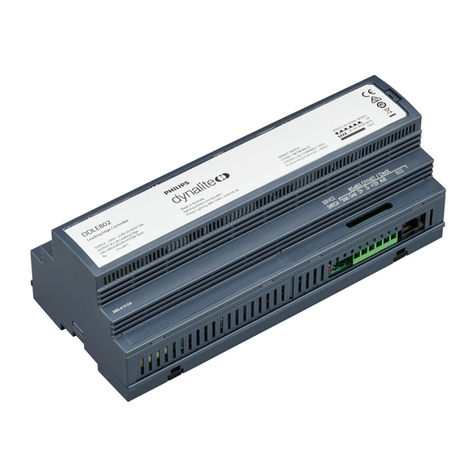
Philips
Philips Dynalite DDLE802 installation instructions
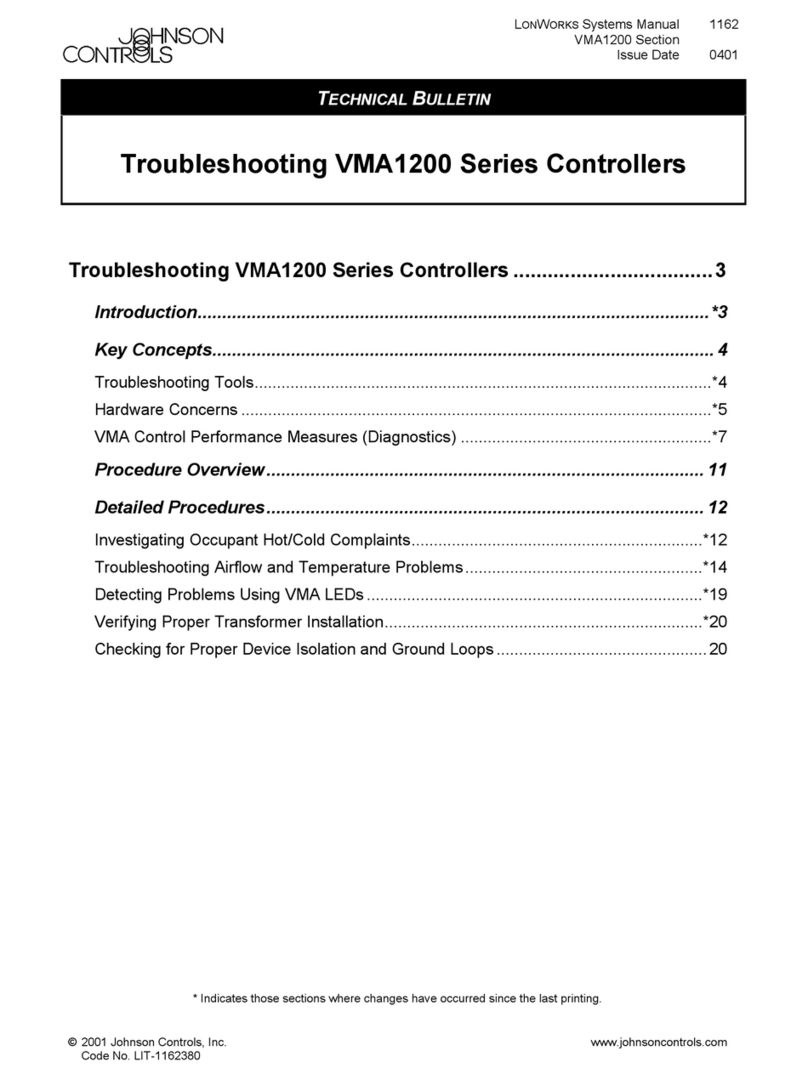
Johnson Controls
Johnson Controls VMA1200 Series Troubleshooting
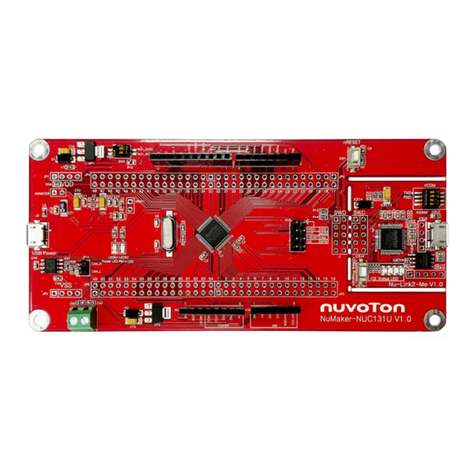
Nuvoton
Nuvoton ARM Cortex-M user manual
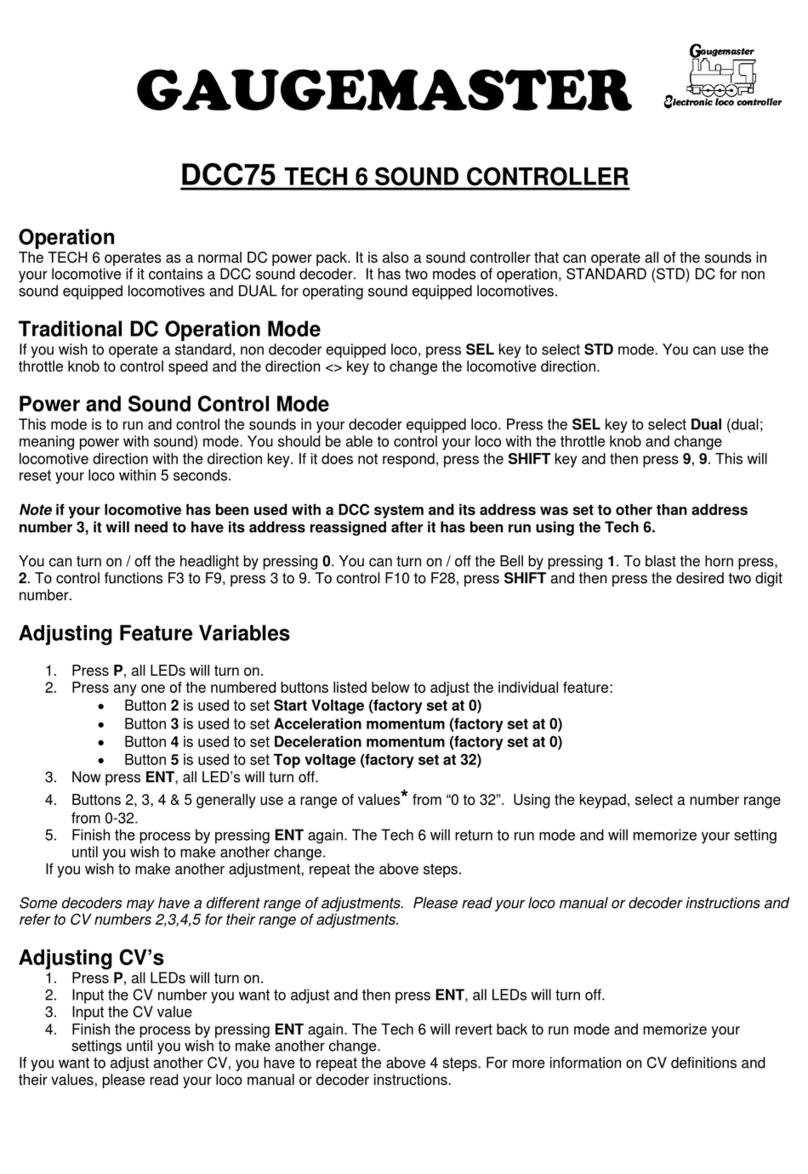
GAUGEMASTER
GAUGEMASTER TECH 6 quick start guide
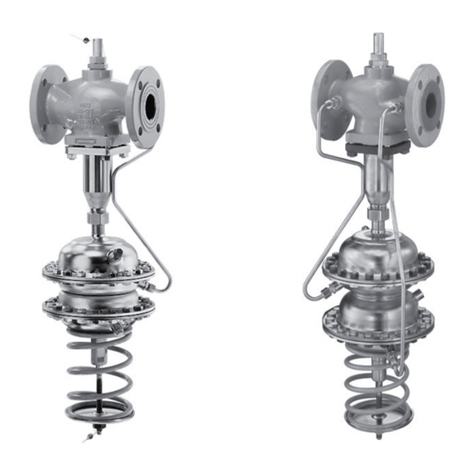
Samson
Samson 42-37 Mounting and operating instructions
